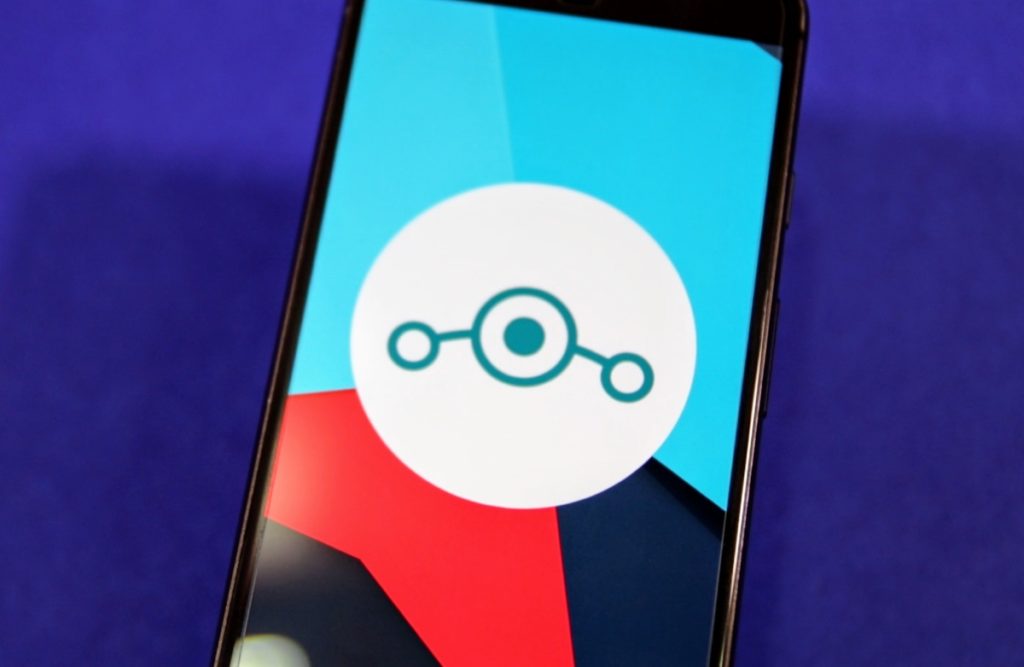If you are new to the Android community, you will easily get confused between rooting, custom ROMs and flashing mods. We have already explained what is rooting and custom ROMs, and today, we will make the difference between them clear.
Rooting vs. Custom ROM
In a nutshell, rooting allows you to gain read/write access to the system partitions of your device. It is useful to remove bloatware, run apps that require root access and install custom recoveries, but rooting in itself doesn’t provide you with any new features. Make sure to read our Rooting 101 series to know the benefits of rooting, the top root apps and more.
On the other hand, Custom ROMs are modified firmwares that bring the latest version of Android with many new tweaks and enhancements. Rooting your Android device is the first step to installing a custom ROM on it. Until and unless, you root and install a custom recovery, it is not possible to flash a custom ROM. However, custom ROMs are always rooted out-of-the-box and don’t need to be rooted again.
Flashing mods vs. Custom ROM
Sometimes, you will also come across some zip files that you need to flash via recovery to gain new features or enhance existing ones. These are generally called mods and modify some system file to improve and enhance existing features or change the look of the whole system.
Mods are only meant for a specific software version for your device and are rarely universal in nature. Installing a mod only requires a custom recovery with root access on your Android device. A point to note here is that most custom ROMs already include these mods baked in, saving users from the hassle of flashing them again.
Did we miss anything in this explanation? Drop in a comment and do let us know!






